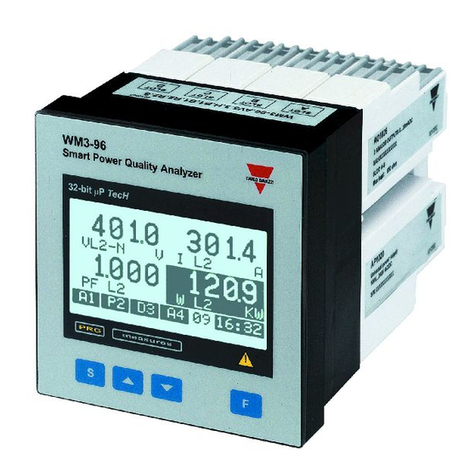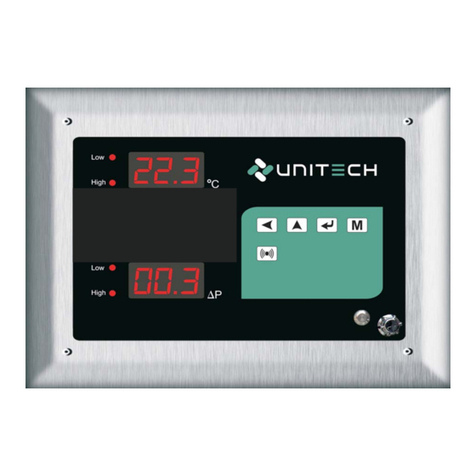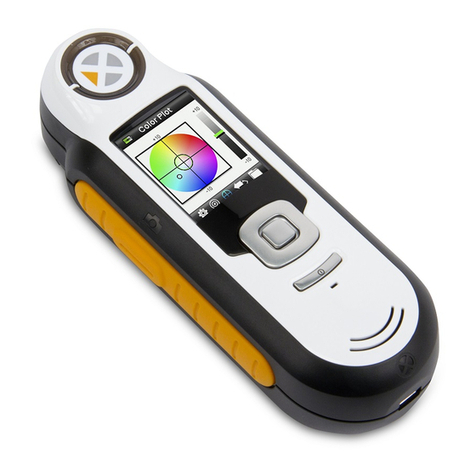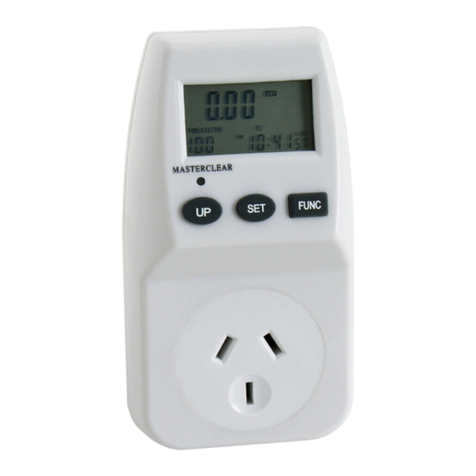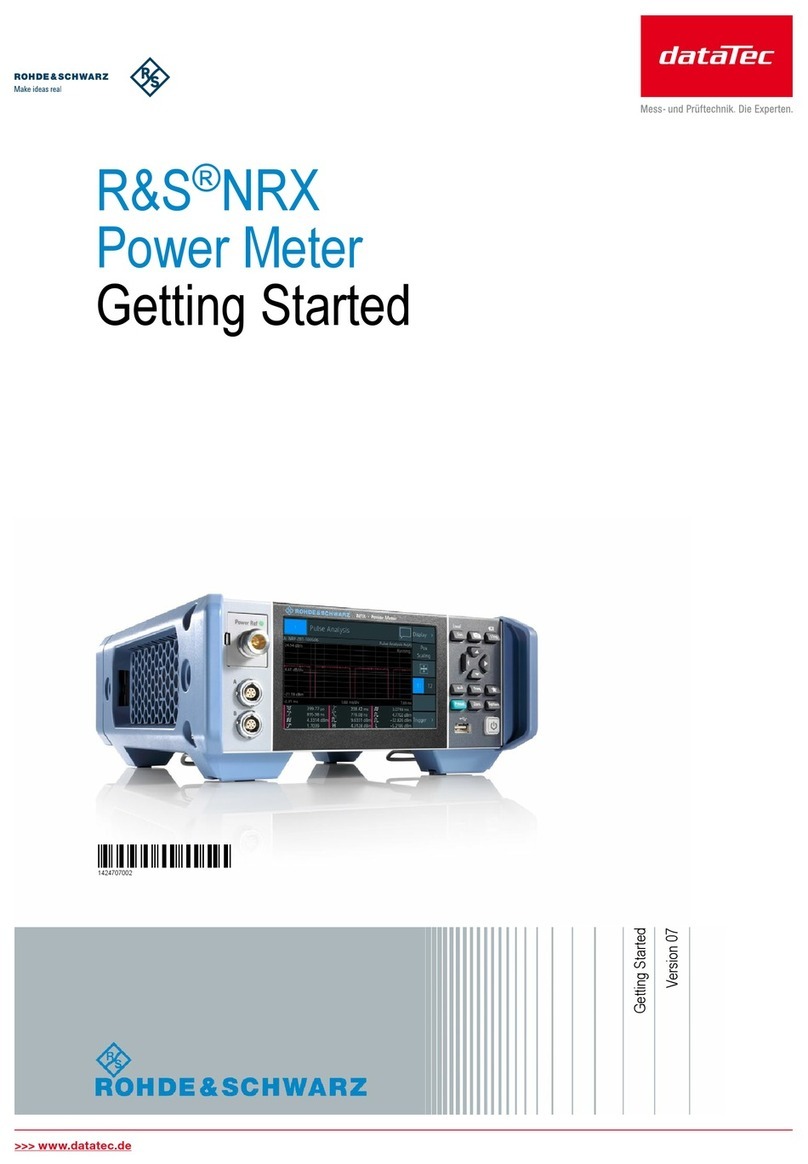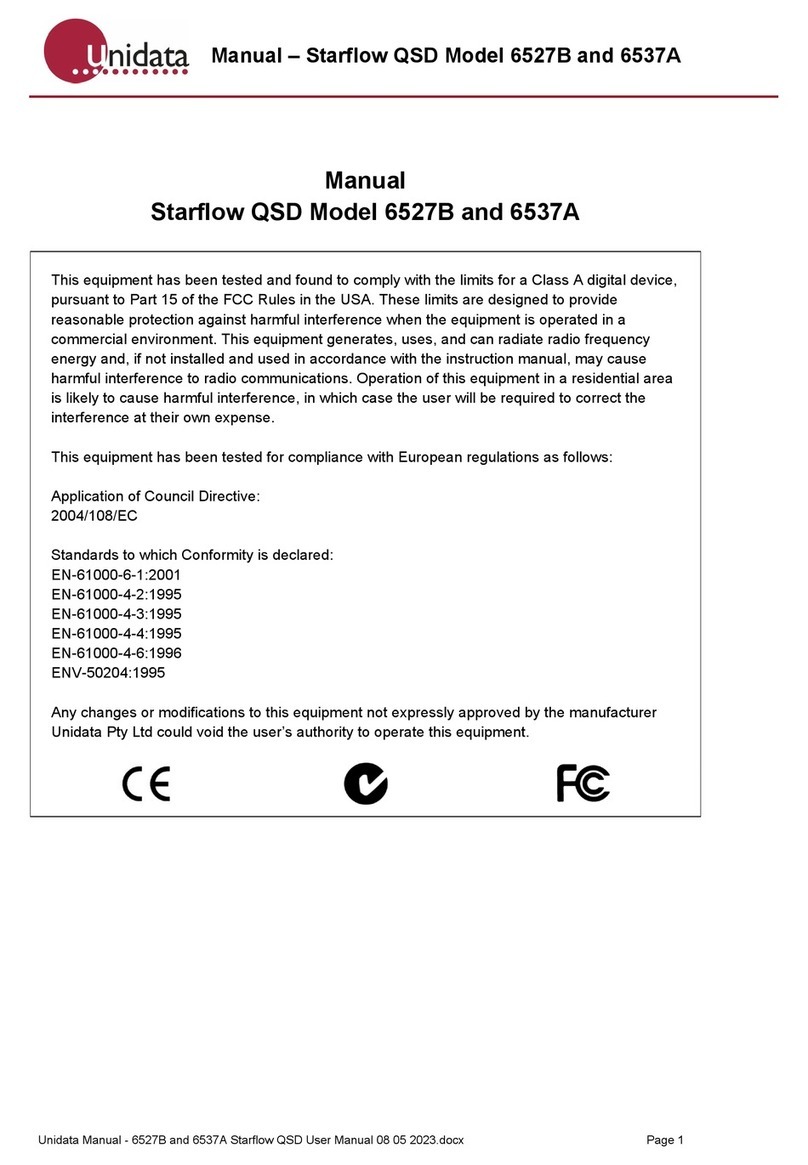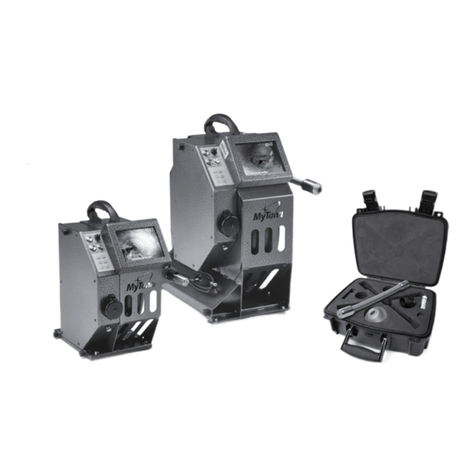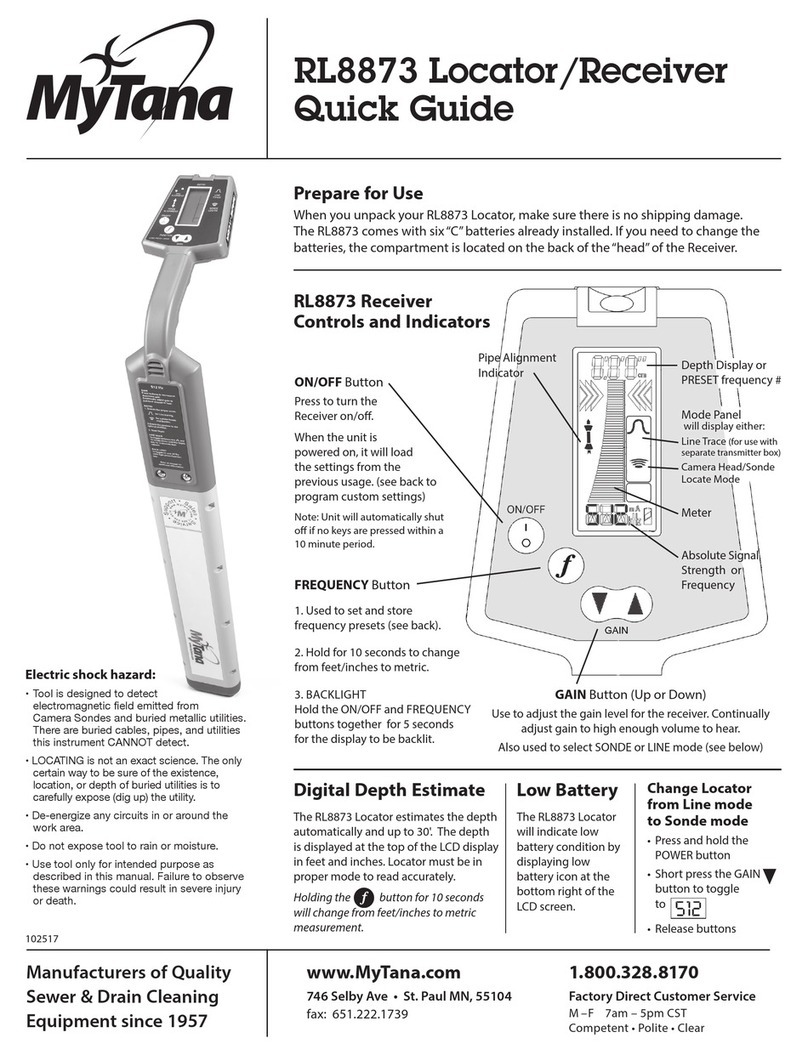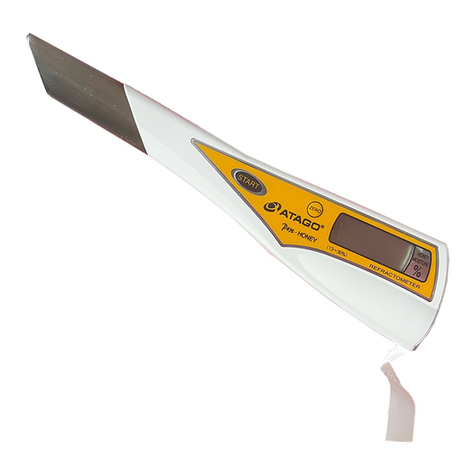
3
Correct
Position
Incorrect Position
REMEMBER TO MARK THE LOCATION ONCE YOU HAVE ESTABLISHED IT
BE SURE TO TURN THE ACCU-STIC512 OFF BEFORE returning it to the carrying case.
3. Position camera head/transmitter at point in
sewer or drain pipe for locating and turn transmit-
ter on. Estimate how far the transmitter is in the
pipe, and determine the most likely direction for
the pipe.
NOTE: When moving the camera or sonde inside the
pipe pull back on push-cable a little bit before starting
transmission to ensure that the camera (or sonde) is
laying flat in pipe and not at an angle.
B. LOCATE
1. Power up ACCU-STIC512. Battery Check
should read 8.0 volts or more (if it reads less than
8.0 volts, replace batteries). Locator should be
in Peak mode (default). Plug in headphones if
desired. Hold ACCU-STIC512 in dominate hand and
use thumb to engage the Gain knob. Move in the
suspected direction of the transmitter.
2. As you get closer to the transmitter, keep turn-
ing the Gain down. As mentioned above, the AC-
CU-STIC512 will emit louder pitch as it reads a
stronger signal from the transmitter – as the op-
erator gets closer to the transmitter. Turn down
the Gain so that movement in any direction
presents a change in volume.
NOTE: Anything with a strong magnetic field (running
Automobiles, Electric generators, or Transformers) can
interfere with the ACCU-STIC512 and cause it to pro-
duce sporadic sounds.
3. Orientation VERY IMPORTANT!!
The nose of the locator must be parallel with the
suspected pipe layout underground. Once the trans-
mitter’s location has been found, continue to refine
by changing the orientation of the locator.
C. Depth
1. Know what material the pipe is made of. The
ACCU-STIC512 reads Non-iron pipes such as clay
or PVC best, but iron pipes partially block the
transmit signal. This means the footage displayed
on the LCD screen will read up to 40% deeper than
actual depth when locating in iron pipes.
2. Put the nose of the locator on the ground direct-
ly over the transmitter. Push the red "depth" button
once and give the unit several seconds to calibrate
depth. The depth will show up measured in feet
on the LCD screen. Once depth is established, push
the Depth button once more to return to the locate
functions.
Transmitter off Transmitter on
NOTE: When you flip the Transmit switch on,
you will lose the picture on the monitor screen.
Transmission is indicated by a white snow pattern
dancing across the monitor (Older monitor) or a
blue screen with a white "transmitting" message
(Newer monitors).

